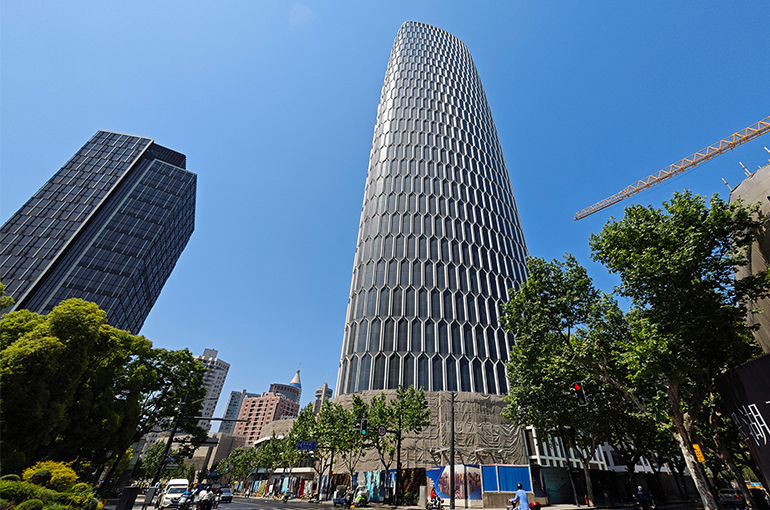 Shanghai’s Office Rents Continue to Slide in Second Quarter on Oversupply
Shanghai’s Office Rents Continue to Slide in Second Quarter on Oversupply(Yicai) July 11 -- A surfeit of office space in Shanghai is driving down rental prices, even as occupancy rates climb. This dynamic is largely due to intense competition among office building owners, who are vying to attract and retain tenants in an increasingly crowded market.
Shanghai’s office rents dipped 2.7 percent in the three months ended June 30 from the previous quarter to an average of CNY7.61 (USD1) per square meter per day, US real estate services company Cushman & Wakefield said. In core business districts rents dropped to CNY8.84 per sqm per day, and that in newly-emerging business areas slumped to CNY6.11 per sqm a day.
An additional 710,000 square meters of floor area, comprising eight different projects, are expected to hit the market in the second half, said Jonathan Wei, managing director and head of project and occupier services at Cushman & Wakefield’s China arm. This will put rents under even more stress.
Four new office buildings were opened in Shanghai in the second quarter, according to a report by third-party institutions. This included Shibo Tiandi in Pudong New Area, which has a floor area of around 250,000 square meters.
As rents tumble, more people are on the hunt for better working spaces. Of those looking to relocate in the second quarter, 79 percent were intending to upgrade, according to UK real estate services firm Jones Lang LaSalle.
The proportion of leases of large office spaces, covering more than 5,000 sqm, dropped to 4 percent last year from 10 percent in 2020, said Stanley Jiang, senior director for JLL’s Shanghai office leasing advisory. This ratio recovered to 7 percent in the first half, indicating that big tenants are also looking to take advantage of the cheaper rents to find a better working space.
Financial service providers had the biggest demand for Shanghai office space in the last 12 months, followed by those engaged in professional services, at around 18 percent.
About 90 percent of these professional services companies were law firms, Jiang said. Many law firms have been moving in the last two or three years due to upgrades or mergers or spinoffs.
The rebound in demand has meant that fewer offices are lying vacant. The vacancy rate of Shanghai’s premier office buildings was 21.7 percent in the second quarter, down from 22 percent in the first three months, and less than the 21.8 percent in the fourth quarter last year, according to Chicago-based Cushman & Wakefield.
Editor: Kim Taylor